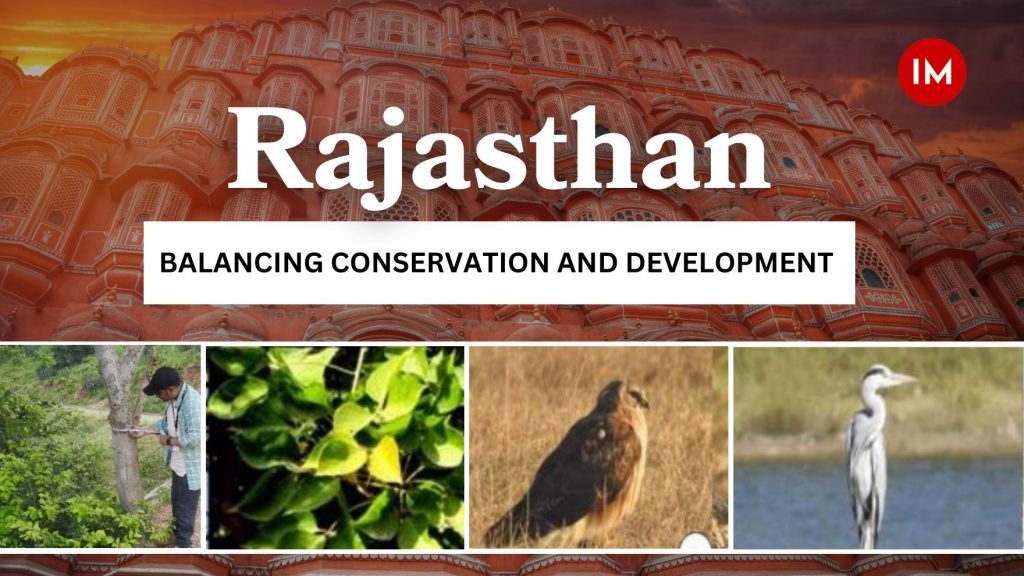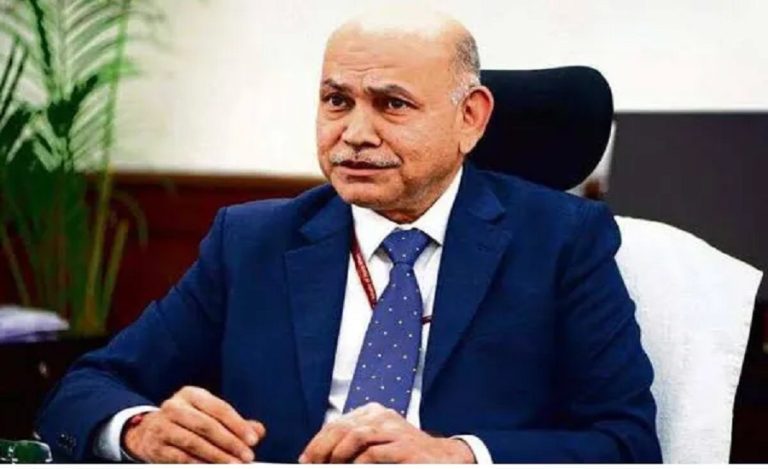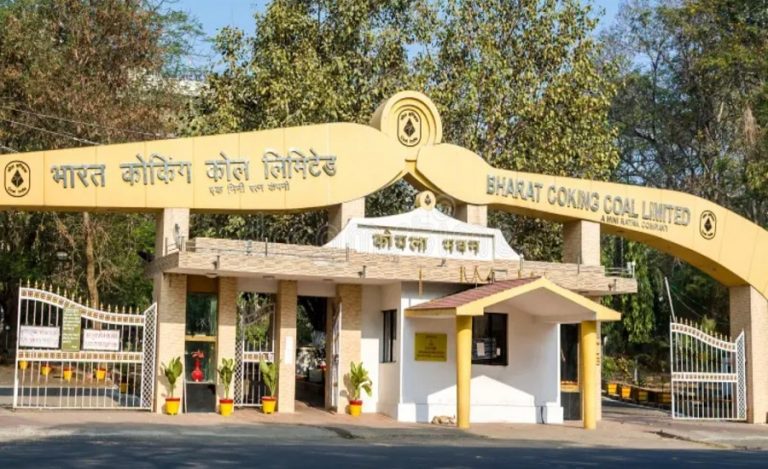By actively promoting sustainable practices and stringent regulations in eco-sensitive zones, Rajasthan is setting a precedent for responsible conservation efforts across the country. The Government of Rajasthan has now unveiled a meticulously crafted Zonal Master Plan (ZMP) for the Nahargarh Wildlife Sanctuary, emphasizing the delicate balance between environmental conservation and sustainable economic development.
This plan, mandated under the Eco-Sensitive Zone (ESZ) notification by the Government of India, aims to safeguard the sanctuary’s ecological integrity while promoting responsible tourism and fostering awareness about environmental conservation.
The ZMP will act as a guideline, shaping the future of Nahargarh Wildlife Sanctuary by fostering an environment where human activities coexist harmoniously with the sanctuary’s natural habitat.
ZONAL MASTER PLAN

Leading the initiative, IAS officer Shikhar Agrawal, who is ACS Forest Environment and Climate Change in Rajasthan, expressed the government’s commitment to preserving Nahargarh’s rich biodiversity. “We’re committed to taking care of Nahargarh Wildlife Sanctuary. Our finalized Zonal Master Plan finds a balance between development and conservation, outlining a sustainable path forward,” Mr. Agarwal told Indian Masterminds.
This sentiment was echoed by IFS officer Monali Sen, Joint Secretary of Environment and Climate Change in Rajasthan, who highlighted the plan’s vision for harmonizing development and Nahargarh’s ecosystems. “This vision will ensure harmonization between development and Nahargarh’s ecosystems, promoting responsible tourism and protecting our natural heritage for future generations,” Ms. Sen told Indian Masterminds.
PROHIBITED ACTIVITIES
The ZMP outlines a comprehensive framework for regulating activities within the sanctuary’s Eco-Sensitive Zone, delineating between prohibited, regulated, and promoted activities. Prohibited activities include commercial mining, stone quarrying, major hydro-electric projects, use of hazardous substances, discharge of untreated effluents, establishment of new saw mills and brick kilns, commercial use of firewood, fishing, and plastic carry bags. These stringent regulations aim to protect the sanctuary from detrimental industrial and environmental practices.
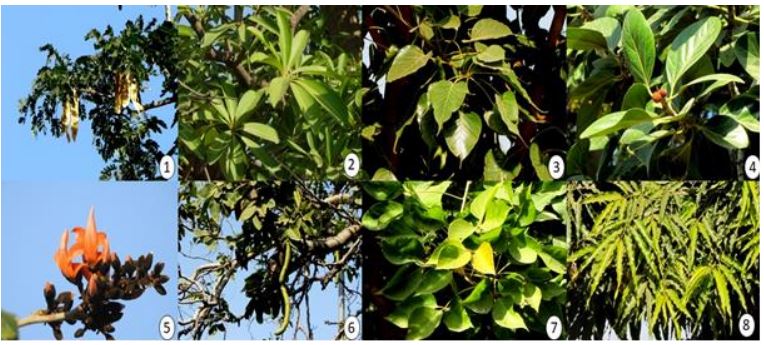
PROMOTED ACTIVITIES
In contrast, the plan actively promotes a range of activities geared towards sustainable development. Rainwater harvesting, organic farming, adoption of green technology, promotion of cottage industries and village artisans, use of renewable energy and fuels, agro-forestry, and environmental awareness campaigns are among the actively promoted activities outlined in the ZMP. Skill development initiatives, restoration of degraded land and forests, plantation of horticulture and herbals, and the use of eco-friendly transport also find prominence in the plan.
SHAPING THE FUTURE
Acting as a guideline, the ZMP will shape the future of Nahargarh Wildlife Sanctuary by fostering an ideal environment where human activities will coexist with the natural habitat. By actively promoting sustainable practices and stringent regulations, Rajasthan is setting a precedent for responsible conservation efforts across the country.
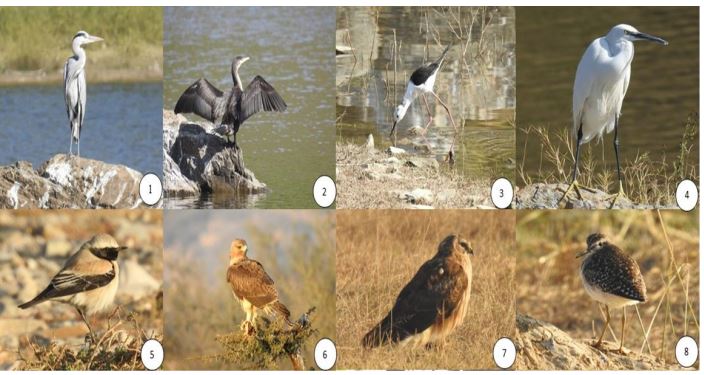
As the ZMP is set into motion, it not only shows Rajasthan’s dedication to preserving its natural heritage but is also a beacon of hope for wildlife sanctuaries nationwide, illustrating the path towards a sustainable and ecologically balanced future.

